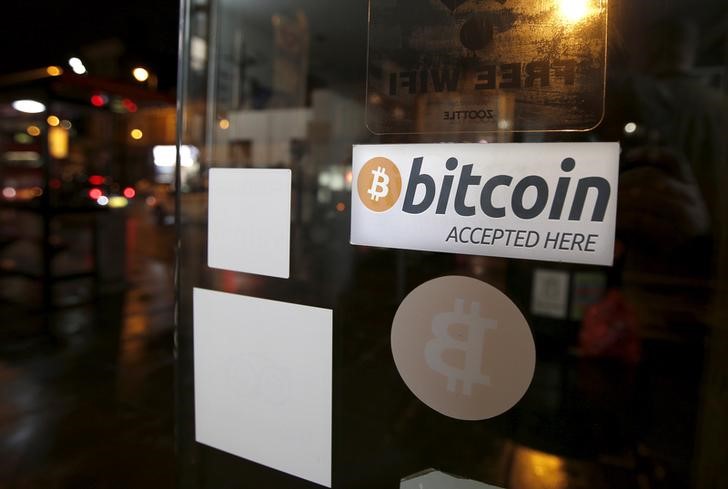The National Education Policy 2020 (NEP) calls foundational literacy and numeracy (FLN) as ‘an urgent and necessary prerequisite to learning’. It goes to the extent of clarifying that the rest of NEP is only relevant for our students if FLN requirement is achieved. The NIPUN Bharat mission, launched in July 2021, is the program to achieve clear and time-bound goals of FLN for the entire country.
Remarkably, both NEP and NIPUN Bharat were launched during the pandemic. This is testimony to the country’s education ecosystem’s resilient spirit and innovation potential. India endured one of the longest school shutdowns globally to stem the spread of Covid-19. Schools were closed but learning continued. Teachers took the lead, supported by academic authorities, administrators, parents, and communities. They adapted, innovated, and combined technology and other means to reach students – through mobile phones, online platforms, radio, TV, house-to-house visits, distribution of printed materials, food etc. A teacher in Gujarat used a public address system to teach lessons to students sitting at their homes or in public places. At the same time, another in Chhattisgarh took the school to children’s homes on his motorcycle.
Such anecdotes reveal how innovation is crucial to achieving policy outcomes, particularly in education. Education is not a mere transaction involving the efficient transfer of knowledge and content – it is a deeply social and contextual process that extends over years. Even in early learning, beyond the young children, it involves parents, teachers, school helpers, school leaders, academic authorities, administrators, and the local community. Aims of education, factoring in differences across different stages of education, learning standards, pedagogy, Teaching Learning Materials (TLM), assessments, teacher recruitment, training and professional development, school and educational infrastructure, books, mid-day meals – these are just some of the many components that go into the complex process of education. And innovation can come in all of these areas, and from any of the three pillars of society – Samaaj, Sarkaar, and Bazaar, with and without technology. The National Curriculum Framework for Foundational Stage, 2022 (NCF-FS) reinforces the need for local, contextual innovation in implementing and achieving the curricular goals and learning standards it has laid out.
If innovation is needed and happening, then what is the problem? The problem is that, often, it is limited to those with means and opportunity or a necessity, and most innovations in education struggle to scale up.
There are several barriers to innovation – like lack of awareness, scarcity of content, unavailability of expert resources, or funding. These create friction to innovation and the diffusion of successful innovations. Similar content is recreated, similar innovations are rebuilt, and existing innovations need help to scale up to their intended audience. The result is the fragmentation of innovation efforts and the formation of islands of excellence in a vast sea of low educational outcomes.
Infrastructural technologies grease the wheels of innovation and have a transformative impact. Whether digital, e.g., internet, mobile telephony, GPS systems, or non-digital, e.g., roads, rails, and ports, they make it easier, cheaper, faster, and better to innovate and spread that innovation. When offered as a public service on a national scale, it is public infrastructure. When it is digital, it becomes the Digital Public Infrastructure (DPI). India has a recent yet successful history of using DPIs for transformative impact- Aadhaar, UPI, FASTag, Cowin, Digilocker, and e-Sign. India is inspiring the world by using the idea of DPIs in simultaneously solving for the polarities of inclusion and innovation at the scale and diversity of India.
Is such an approach possible in education? Yes, based on the experiences over the past few years. DIKSHA (Digital Infrastructure for Knowledge Sharing) was deployed by the GOI’s Ministry of Education for exactly that purpose – to act as its name suggests- as a national digital infrastructure. DIKSHA, launched in 2017, became the national school education platform under the PM eVIDYA program in 2020. It has been adopted nationwide for various use cases ranging from enabling access to diverse and contextual digital content for learning, online credentialed courses for teachers, assessments, quiz competitions, crowdsourcing quality content, and micro-improvement projects, among others. DIKSHA, as a national infrastructure, means that states and boards of education can choose when and how to use the infrastructure to meet their objectives – a choice of which solution, which language, what kind of content, whom to source from, how to deploy the courses, what languages etc. DIKSHA has become a force multiplier of innovation in local content creation, consumption, assessments, capability building and local projects.
A recent AI-based DPI for Indic languages is Bhashini, launched in 2022. It enables easy text and voice translation from one Indic language to another. Bhashini can be used to create many innovations, e.g., tools by content creators to translate content easily and by teachers to understand the words spoken by an early learner in her mother tongue. When combined with emerging technologies like generative AI, one can imagine tools where a parent can verbally ask a mobile phone-based app to create and read out stories on a particular topic of interest to the child at that moment, in the language spoken at home. Digital Infrastructure is a means to enable equitable access by supporting diverse, innovative solutions that empower learners, teachers, and parents.
Another area in early learning where innovation can be amplified is creating networks of organizations and individuals. Networks can enable the discovery of good quality and trustworthy content in the local language, mentors for teachers and scholarships or grants. A well-designed and facilitated network can allow easy discovery and verification of educational assets and services, which unlocks value for the innovators and the intended beneficiaries of the innovations. A recently launched effort called Open Networks for Education and Skilling Transactions (ONEST) is a first step in this direction.
DPIs like DIKSHA, Bhashini, ONEST are force multipliers of innovation. They can accelerate the outcomes of NIPUN Bharat by amplifying the power of innovation of various actors in the early learning ecosystem. DPIs and innovation are a case of Ek Aur Ek Gyaarah – One plus one leading to eleven.
(Shankar Maruwada is the co-founder and CEO of EkStep Foundation, a philanthropic mission he co-founded in 2015 along with Nandan Nilekani and Rohini Nilekani)
Download The Mint News App to get Daily Market Updates.
More
Less
Updated: 16 Aug 2023, 04:56 PM IST















